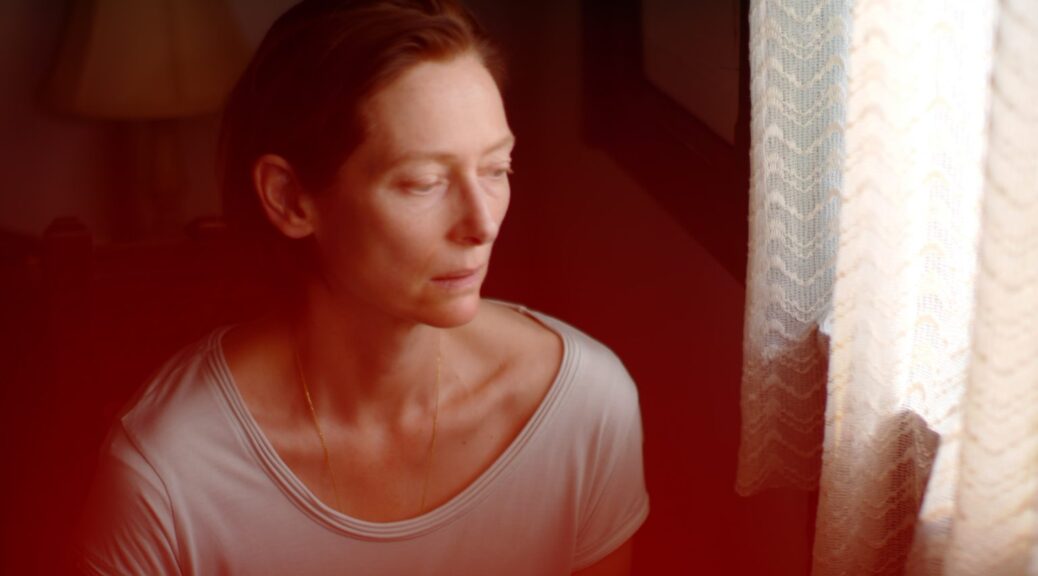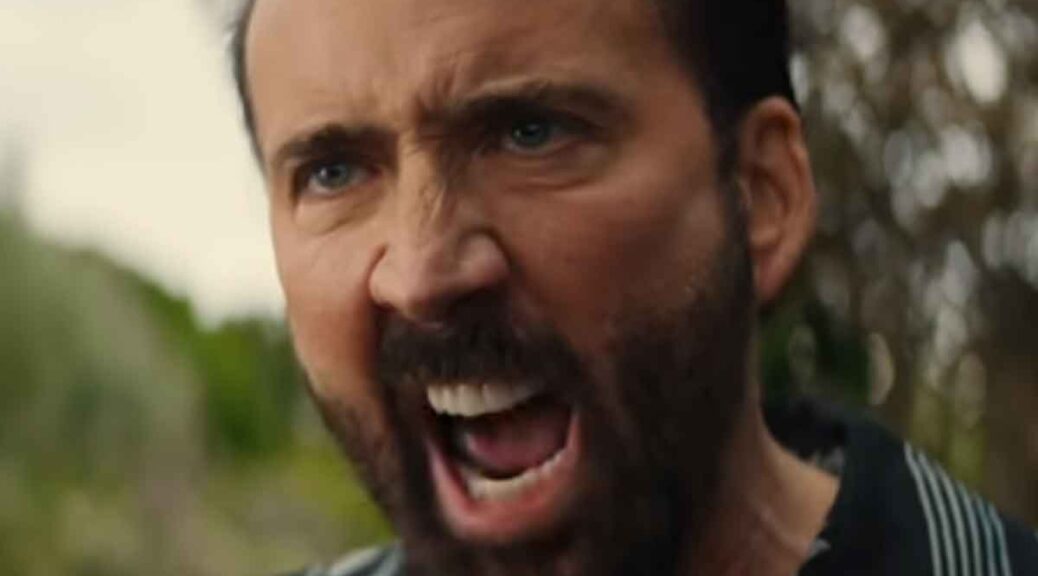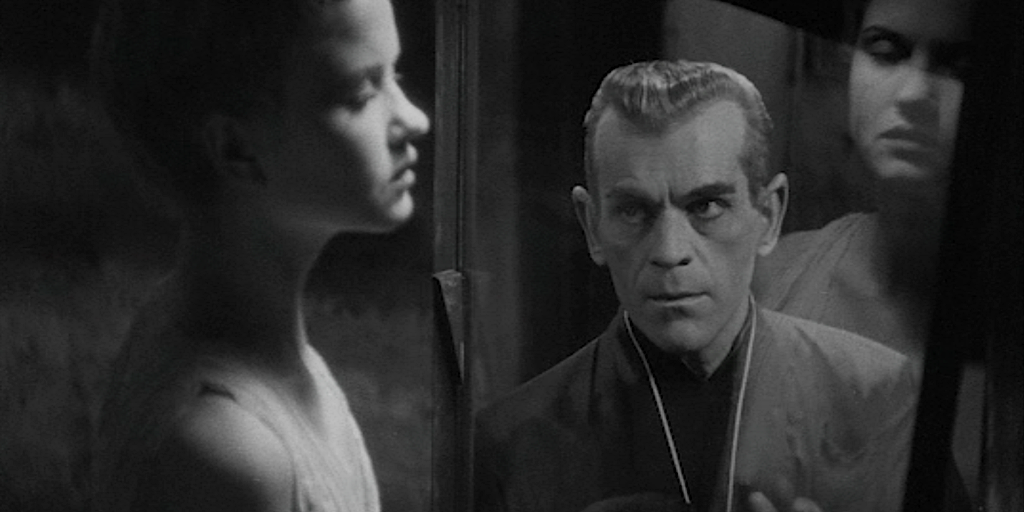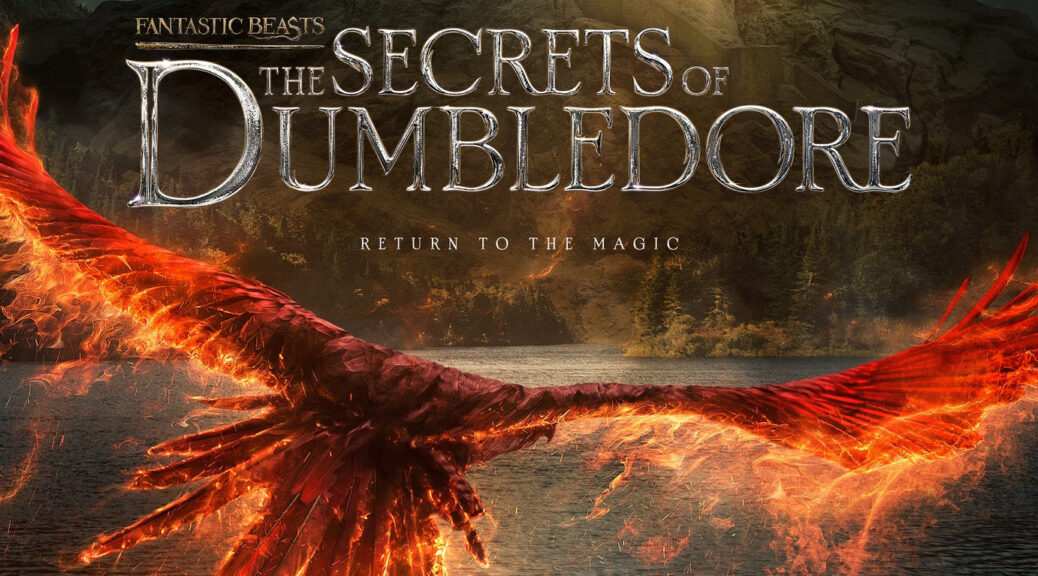Memoria
by Hope Madden
If you are in the mood for something decidedly different, let Apichatpong Weerasethakul’s meditative wonder Memoria beguile you. Or bewilder you. Or both.
You won’t be alone. Indeed, you’ll be much like Jessica (Tilda Swinton, perfect, of course). She’s awakened one dawn by a sound, a kind of “bong” that’s impossible to ignore. She assumes construction in a nearby building is to blame, but eventually, this sound follows her wherever she goes.
A desperate yet somewhat resigned curiosity drives Jessica to try to place the noise, or to identify its cause, whether natural or supernatural.
Her journey unfolds in gorgeously unconventional and profoundly cinematic fashion. Weerasethakul’s approach is simultaneously deliberate and dreamlike, and his tale rejects simplification or, indeed, proper summarization. It certainly avoids that comforting Hollywood structure, but Memoria offers a meticulous structure of its own, one that feels vague but supports the spell being cast.
The film becomes a mystery of sorts, but one that dredges up more questions than answers. On the filmmaker’s mind seems to be concepts of collective memory and isolation, sensory experience and existence.
Jessica’s travels through Colombia in search of answers becomes an entrancing odyssey. Akritchalerm Kalayanamitr’s sound design heightens the experience, almost becoming a second character in the way that the sound supports Swinton’s performance.
And what a performance. Quiet and precise as if always listening and careful not to disturb, Swinton once again disappears wholly into a role.
No fan of simple solutions to life’s puzzles, Weerasethakul still leaves the story with an enigmatic but astonishing resolution. The spell he and his lead cast while bringing you to those final moments offers an experience more surprising and unique than anything else you’ll find onscreen this year.













